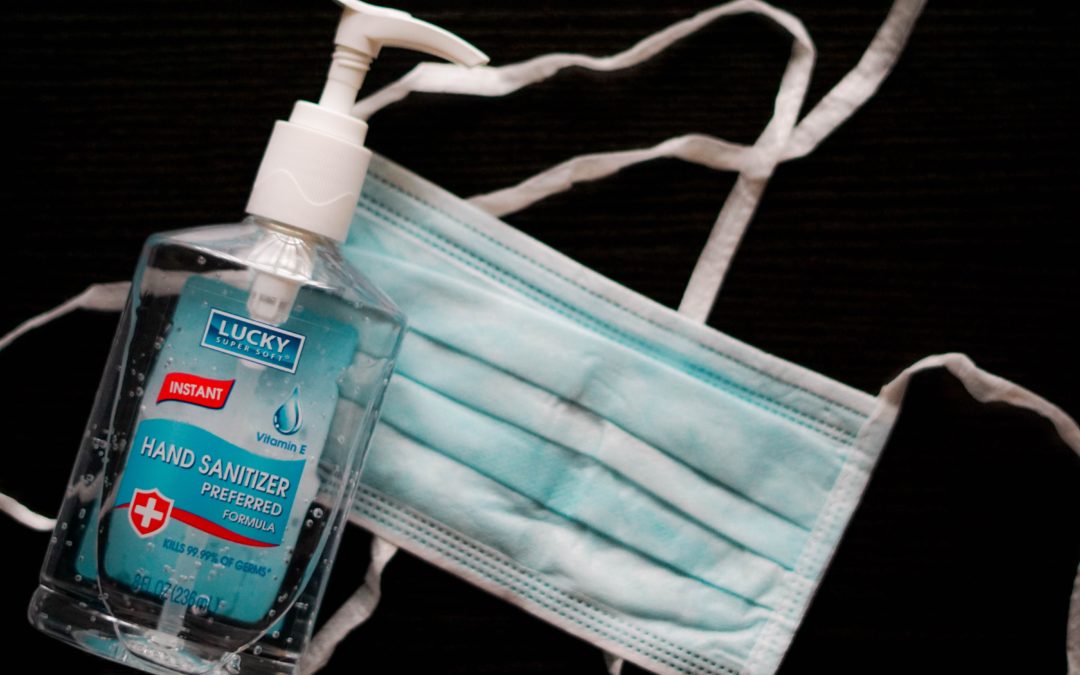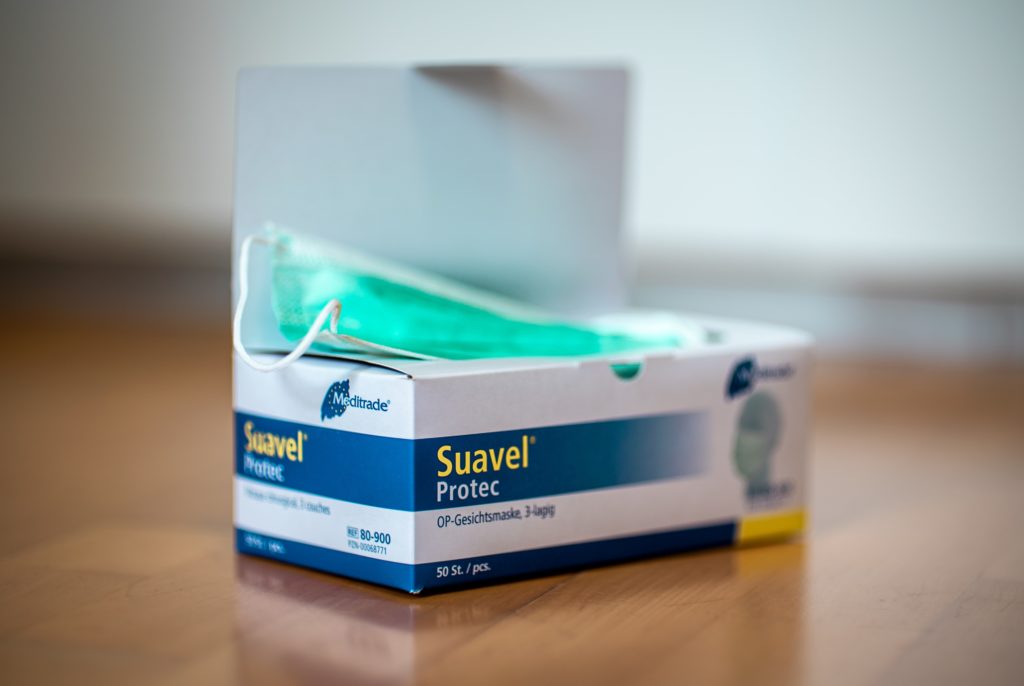COVID cleaning isn’t going away anytime soon, but incorporating OSHA and CDC guidelines into your routine will help smooth out the changes.
If you own a business, whether it’s commercial cleaning or running an ice cream shop, you can’t get away from COVID cleaning as an essential part of your program. This is what your customers and clients are asking about, and it’s what health inspectors are checking on. It’s undoubtedly brought about changes in your cleaning checklist, and it can be a lot of work.
There is some good news, though. Many of these new COVID cleaning guidelines aren’t difficult or complicated; they just take time. Plus, there’s the added benefit that cleaning for coronavirus also helps prevent the spread of the flu and the common cold.
Where things get confusing is in the fact that there is no standardization in terms of facilities. Some have windows that open, and others have high-grade air filtering systems, while other buildings haven’t updated their HVAC systems in 20 years, or they have limited ability to get fresh, outside air into the building. There are varying degrees of PPE requirements for those in the cleaning and janitorial industry. And there’s the simple fact that we are continually learning more about how this virus acts.
Don’t let that overwhelm you, though. Organizations such as the Centers for Disease Control and Prevention (CDC), Occupational Safety and Health Administration (OSHA), and the World Health Organization (WHO) all have guidelines for COVID cleaning. Some of these are geared toward professional cleaning services, and some are for individuals or business owners or facility managers. It might be helpful to share these with your clients, so they know what steps you’re taking to enhance your cleaning, and they can take steps themselves to improve the environment for the safety of their staff and customers.
Increase efficiency, reduce costs, improve results and more with Janitorial Manager work management software. Contact us for a free demo right now and see how it works!
The science and guidance for COVID cleaning
It wasn’t until the mid-1800s that we knew how germs interact with other organisms. Louis Pasteur discovered the link between germs and disease, which eventually led to an array of changes in how we practice medicine and how we create cleaning procedures.
Today we have the benefit of large research organizations and over 170 years of studies to guide us. This is why we use equipment like vacuums with HEPA filters and microfiber cloths. It’s how we know how much contact time a solution needs to truly sanitize a surface. And now, this research and guidance is informing how we approach COVID cleaning jobs.
Some guidelines, such as hand-washing, shouldn’t be a mystery to anyone. It really is one of the single most effective ways to combat the spread of bacteria and viruses. So is covering your nose and mouth when you sneeze or cough. Unfortunately, you don’t have a lot of control over how the people in your facilities follow through with this.
Here are five steps you can take to protect your team and take care of your clients.
1. Identify and mitigate risk. Individual employees may be at higher risk than others, and certain facilities, like medical offices, may pose a higher risk than others, such as an empty office building. If you have employees who may be at higher risk, try to pair them with jobs that present lower risk situations. Even better, use your PPP loan to give them time off so they can stay healthy.
2, Provide and use appropriate PPE. The CDC points out that the proper PPE will depend on the risk assessment, so you may only need disposable gloves and a mask, or your COVID cleaning (especially in a known contaminated area) might require full protective gear. In either case, be sure everyone on your team washes their hands with soap and water for 20 seconds every time they remove any PPE.
3. Use appropriate cleaning solutions. To clean potentially contaminated areas, OSHA recommends using “EPA-registered disinfectants with label claims to be effective against SARS-CoV-2. Routine cleaning and disinfection procedures (e.g., using cleaners and water to pre-clean surfaces before applying an EPA-registered disinfectant to frequently touched surfaces or objects for appropriate contact times as indicated on the product’s label) are appropriate for SARS-CoV-2.”
4. Use appropriate cleaning techniques. OSHA recommends against using cleaning procedures that could “re-aerosolize infectious particles,” like dry sweeping. You may also find that mopping techniques, for example, need to change to avoid splashing.
5. Check, double-check, and triple-check that high-touch surfaces are clean. This should already be on your COVID cleaning checklist. Still, in case it isn’t: doorknobs, light switches, faucets, vending machine buttons, tables, microwave buttons, and any other surface that gets a lot of use needs to be cleaned and disinfected regularly.
This, of course, assumes there is no outbreak. Cleaning for a COVID outbreak requires a few additional considerations.
Cleaning for a COVID outbreak
In addition to the guidelines above, the CDC and OSHA offer some additional recommendations if you are cleaning an area with a confirmed outbreak of COVID-19. The very first thing to do, if at all possible, is nothing.
If a person who is sick was in only one area of a building, open the windows and close that area off if at all possible. Then wait 24 hours to clean and disinfect in that area.
When you do clean, the CDC suggests making sure you “clean and disinfect all areas used by the person who is sick, such as offices, bathrooms, [and] common areas.” If you need to vacuum the space, ensure there are no other people in the room and use a vacuum with a HEPA filter. Additionally, turn off “room fans and the central HVAC system that services the room or space, so that particles that escape from vacuuming will not circulate throughout the facility.”
One last piece of advice from the CDC: sanitizing tunnels, ultrasonic waves, UV lights, and LED blue lights are not recommended as they don’t have evidence to support these methods as effective for COVID cleaning.
There’s no denying that COVID-19 has added a layer of anxiety to janitorial work, but as long as we all do our best to keep up with the science and take precautions, we’ll get through this.
Make sure your cleaning team has the information they need to complete their job accurately and thoroughly. Using a janitorial software like Janitorial Manager can effectively transform your cleaning operation!


